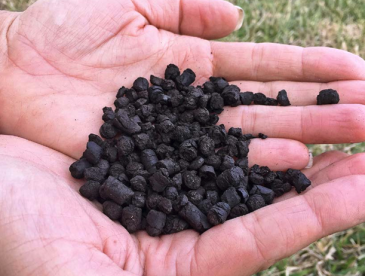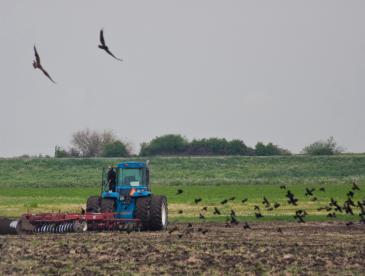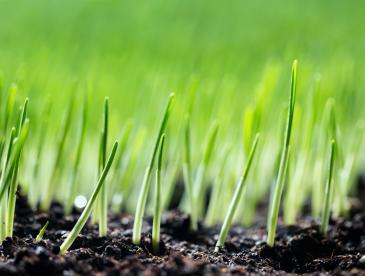Can cropland soils be a part of the climate solution?
Soil is the biggest land-based reservoir for storing carbon. Protecting existing carbon stores by keeping grasslands and forests intact and using climate-smart farming practices on croplands is essential for stabilizing the climate.
Increasing soil carbon, while avoiding new emissions, can help the food and agriculture sector meet climate goals. But questions remain about whether it is possible to do this in a practical and meaningful way.
Soil carbon accrues slowly, gains can be reversed, and consistently and accurately measuring changes in carbon stocks due to farming practices continues to be a challenge.
To improve clarity, EDF and our partners from 16 research institutions are at the forefront of scientific inquiry into the possibilities and limitations of storing carbon in soil and reducing net greenhouse gas emissions.
The results will help improve measurement and verification and clarify expectations for the growing number of public and private initiatives that encourage farming practices aimed at storing more carbon in the soil.
Urgent and essential research questions
- How greenhouse gas mitigation varies based on factors like soil type, geography, crops and agricultural practices.
- How to quantify the realistic potential impact of the adoption of different agricultural practices, rather than relying on theoretical projections.
- How to account for the net climate impact of farming practices that may increase soil carbon sequestration while simultaneously leading to the release of more nitrous oxide, a powerful greenhouse gas.
- How to make ground-based measurements feasible and cost-effective, as this type of measurement is foundational to high-integrity carbon credits.
- How to resolve inconsistencies in quantification and verification across different soil sampling, measurement, modeling and registry requirements.
Featured work
- Analysis
Crediting agricultural soil carbon sequestration
- Report
Comparison of biochar carbon market protocols
- Analysis
Testing the feasibility of quantifying change in agricultural soil carbon stocks through empirical sampling
- Report
How much carbon storage can we expect from cropland soils?
- Report
Modeling soil carbon and greenhouse gas emissions
- Analysis
We need a solid scientific basis for nature-based climate solutions in the United States
Updates
Read the latest articles, blogs and press releases on soil carbon.
-
Farmers need technical support to balance crop yields with climate benefits
Blog post, -
Three ways to improve soil carbon measurement
Blog post, -
Measuring soil carbon is economically feasible
Blog post, -
Farmers and scientists dig into the climate power of soil
Article, -
How to improve soil modeling to maximize climate and farm benefits
Blog post, -
Two ways to improve soil carbon measurement
Blog post,
Resources
Dig deeper into the research on soil carbon storage.
- Report
Soil carbon credits have potential but need clear standards
- Analysis
The need for knowledge transfer and communication among stakeholders in the voluntary carbon market
- Analysis
Land management can contribute to net zero
- Analysis
Climate mitigation through soil amendments: quantification, evidence, and uncertainty
- Analysis
Soil carbon links to yield stability zones
- Analysis
The importance of accounting method and sampling depth to estimate changes in soil carbon stocks
MEDIA CONTACT
Anne Marie Borrego
(202) 572-3508 (office)




















